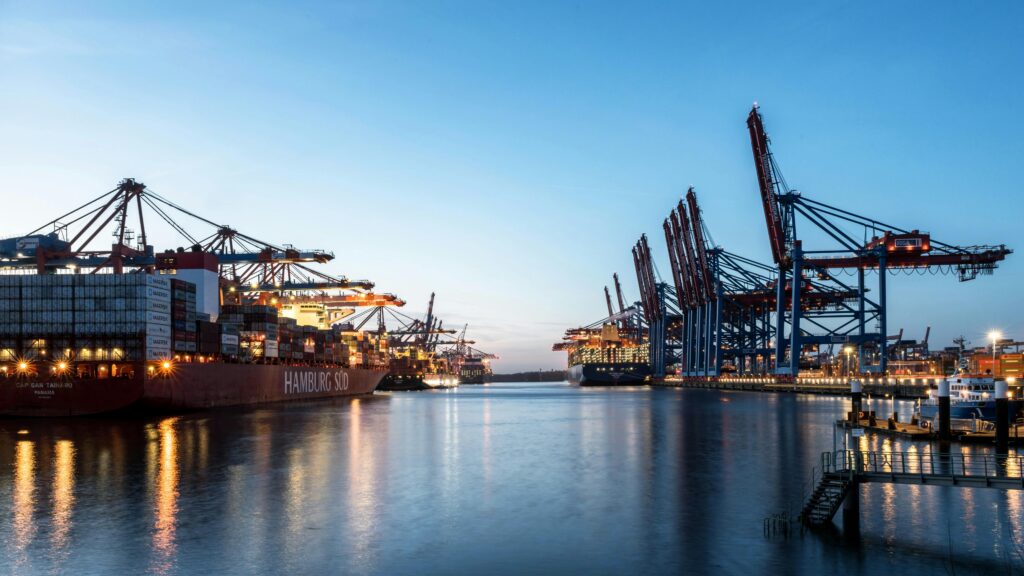- The worldwide standard for the description of the type of commodity
- Over 98 % of the merchandise in international trade is classified in terms of the HS code
- Indispensable, yet challenging tool for international trade
The Harmonized Commodity Description and Coding System, HS Code for short, is a common standard worldwide for describing the type of commodity that is shipped. Every commodity that enters or crosses most international borders has to be declared to customs using this code. Thus, the code helps to standardize and identify cargo in the same manner whether it is in Singapore, Mali or Rotterdam.
Background and Definition
Developed and managed by the World Customs Organization, the HS Code
- consists of 5,000 commodity groups covered in 99 Chapters containing 21 Sections;
- is identified by a six-digit code;
- is arranged in a legal and logical structure; and
- is supported by well-defined rules to achieve uniform classification all over the world
The International Convention on the Simplification and Harmonization of Customs procedures, otherwise known as the Kyoto Convention, came into effect in 1974 and has revised and updated the code to ensure that it meets the current demands of governments and international trade.
For example, it details the application of simple yet efficient procedures and contains new and obligatory rules for its application which all Contracting Parties must accept. As of January 2017, the Kyoto Convention has 106 Contracting Parties (or signatories).
How is the HS Code Used?
The system is used by many economies around the world as a basis for their customs tariffs and for the collection of international trade statistics. Over 98 % of the merchandise in international trade is classified in terms of the HS.
Through its contribution to the harmonization of customs and trade procedures, the HS code reduces the costs related to international trade as there is no “translator” required for people to read and understand this code.
As of this article, the HS code has 99 Chapters covering 21 Sections. To understand what the code means, we can take 1704.90.10.00 as an example:
- 17 relates to Chapter 17 of Section IV – Prepared foodstuffs; beverages, spirits, and vinegar; tobacco and manufactured tobacco substitutes
- 04 relates to sugar confectionery (including white chocolate), not containing cocoa
- 90 relates to confections or sweetmeats ready for consumption:
- 10.00 relates to candied nuts
So in essence 1704.90.10.00 = candied nuts.
This code is used by various international organizations, and governments for the purposes of taxes, trade policies, monitoring, the setting of freight and transport tariffs, gathering of transport and trade statistics and economic research and analysis among other uses. It does not matter what mode of transportation you are using.
Challenges in Classification for Companies
The acceptance and versatility of the HS code as a universal economic language and code for goods has made it an indispensable tool for international trade which is incorporated into many of the customs clearance systems around the world.
Using the correct HS code can be quite tricky in certain instances as an interpretation of the codes may vary between countries and customs authorities. Improper usage of the HS code could result in an improper tariff being applied by customs which can increase the cost of imports exponentially to the customer.
Using correct HS codes and the right interpretation is of utmost importance for an importer as usage of incorrect code may be considered by customs as non-compliance, misleading or misdeclaration – all of which come with its associated penalties.
When in doubt, it would always be prudent to consult customs directly or experts in the customs clearance companies for advice on the correct HS codes to use.
Related article: Making Sense of The Numerous Types of Shipping Costs
Find Out More
Interested in finding out more about what forwarders need to know? Follow us on LinkedIn for up-to-date news. Also, visit our website and sign up for our newsletter for industry analysis.







